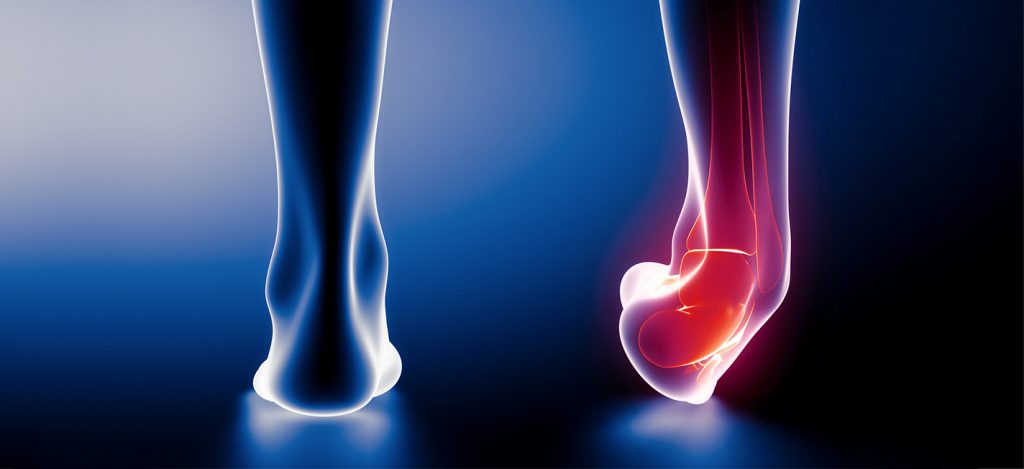We are currently in the midst of most of the winter sports and aggressively heading towards the business end of the season! In fact, 6-8 weeks from now and it will be the middle of September which is bang, smack in the middle of finals whether its time to qualify for finals or the big one itself – the GRAND FINAL. So if this relates to you, maybe have yourself a quick read because you’re one good ankle sprain away from missing all the finals actions!
 I took a few minutes to look at the AFLs injury list last week. The results were a little surprising to be honest. 19 players will miss out the next round due to ankle injuries. Now this was nowhere near as prevalent as other injuries (hamstrings being the main one), but considering some teams had no ankle injures, some teams lost 3 guys to a similar injury. You don’t want to be like one of these guys.
I took a few minutes to look at the AFLs injury list last week. The results were a little surprising to be honest. 19 players will miss out the next round due to ankle injuries. Now this was nowhere near as prevalent as other injuries (hamstrings being the main one), but considering some teams had no ankle injures, some teams lost 3 guys to a similar injury. You don’t want to be like one of these guys.
The ankle is comprised of a number of ligaments but most commonly it’s the ‘inversion’ injury (seen above) that people present with. Some people struggle to walk, have significant swelling, lose strength and end up with a wobbly ankle. Other people, just shake it off and keep going. What we do know is the recovery period can be anything from 1-2 weeks to 6-8weeks depending on the severity. How will you go if you sprain your ankle? What end of the function scale will you find yourself on? To be honest, I’d rather you DON’T WAIT TO FIND OUT!
WHO IS AT RISK?
- Those who have previously sustained an ankle injury
- Those who have poorly rehabilitated from a previous ankle injury
- Those who lack strength and balance around the ankle
- Certain playing surfaces
- Sudden changes in direction
ANKLE INJRUY PREVENTION
 Ensure a good warm up including dynamic flexibility and agility based movements for the lower limbs
Ensure a good warm up including dynamic flexibility and agility based movements for the lower limbs- Include proprioceptive based exercises as part of your warm up for example (tis list is not exhaustive);
- Hopping side to side
- Hopping forwards and backwards
- Zig-zag hopping
- Snake runs and zig-zag runs gradually increasing the speed and sharpness of direction change
- Make sure to wear correctly fitting footwear and have it laced appropriately.
- Adhere to advice given to you previously by your physiotherapist regarding orthotics/strapping/bracing (if it is required)
- See out your continued rehabilitation if it has been advised.
Here at Ellenbrook Physiotherapy, we love watching our clients have great sporting success! So if you think some of the risk factors apply to you or you’re a person who hasn’t quiet seen their rehabilitation through to completion, then please get in touch and help us to keep you off the injury list!
Ciara Conway


